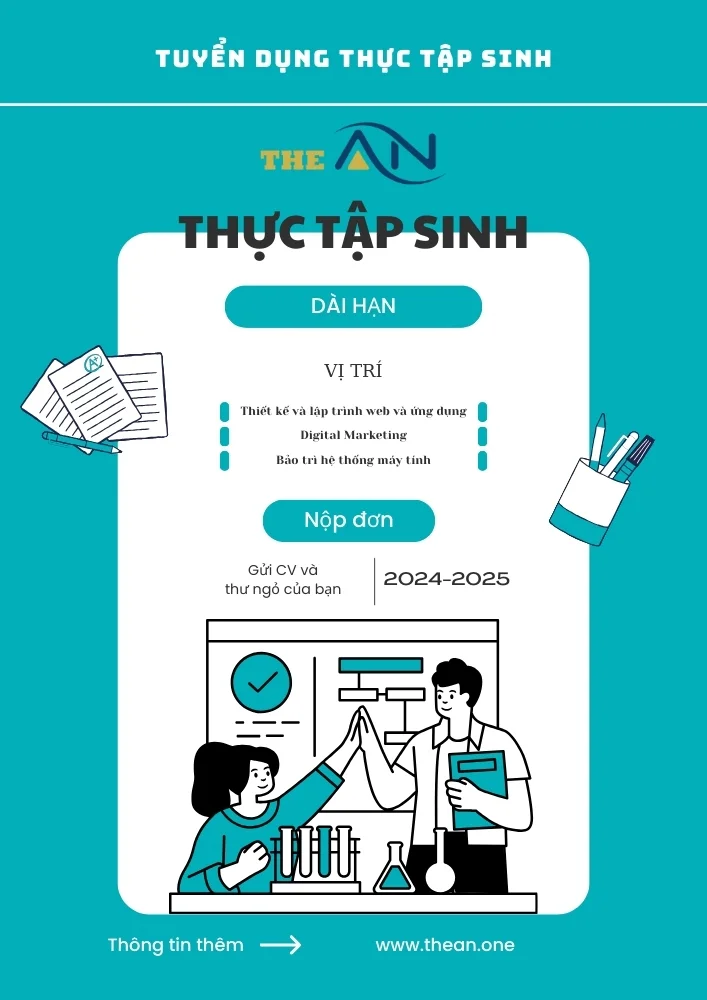A Technology Partner Can Help Midsize Businesses Accelerate Digital Transformation

Never let a crisis go to waste. Many organizations see the pandemic not as a global catastrophe but as a rare opportunity to accelerate digital transformation plans to adopt scalable and flexible tools and processes to help them through an unprecedented, unpredictable era.
In 2020, 39% of respondents to a survey on digital transformation saw their organizations as “digital adopters,” putting digital plans, investments, and innovations in place—a significant leap from the 23% who identified that way in 2018.
The eventual resolution to the crisis will leave business permanently transformed, and organizations are embracing change. In the survey, 89% of respondents said they were proud of how their teams or organizations adapted their information technology (IT) or business/operational strategy to meet their rapidly changing needs, and 79% said they are reinventing their business models as a result.
For a midsize organization, the key to such reinvention may lie in the tools and solutions you apply not just to navigate a massive disruption, but to boost your growth for the long term, after “the new normal” has become simply normal. Teaming up with an experienced technology partner can help you lead your midsize organization past today’s rapids and keep guiding you to your brighter future.
The Front Lines of Change
For some organizations, customers are also patients. As they serve on the front lines of the crisis, midsize health care organizations feel the pandemic’s effects with intensity.
Even before the pandemic started, health care practitioners at the U.K.’s Somerset National Health Services (NHS) Foundation Trust and Musgrove Park Hospital saw they needed advanced technology to get real-time data insights and improve collaboration on patient care.
After the replacement of aging infrastructure with on-premises modular servers, employees improved their performance, scalability, and footprint. With this technology already online when the pandemic took hold, more providers now had the added capability to offer patient care remotely and to scale up, accommodating the swelling demand for beds and telehealth appointments.
The system’s network of field hospitals, clinics, practitioners, and Covid-19 centers could seamlessly share information and patient records in real time, turning an hours-long bureaucratic process of determining bed availability into answers available at a glance. The servers require significantly less physical space; permit data entry via mobile devices, cutting this administration time in half; and allow instantaneous IT patches and upgrades that once took months’ notice for planned downtime.
Changes in health care and medicine will not pause after the pandemic, and Musgrove Park Hospital’s technology partner can help it continue to grow.
Flexibility Supports Creativity
For midsize organizations that almost largely support their employees and serve their customers in person, the pandemic meant new needs and plans.
With its extensive aquariums and 250-seat planetarium, the Phillip and Patricia Frost Museum of Science in Downtown Miami depends on reliable, scalable computing power to help manage customers’ seamless experience of live exhibitions and programs. When it shifted to a work-from-home model, the museum met the challenge of a new process through reliable servers offering flexibility and intelligent automation.
Relying on a remote access controller to power its network of virtual servers, Frost Science’s IT professionals kept continual oversight over the museum’s virtual environment— monitoring, managing, and updating system metrics, including central processing unit (CPU) and memory usage and server temperatures— on a centralized platform and in real time, quickly detecting and repairing issues as they arose.
The automated server administration frees the museum’s employees to shift their focus from ticketing and business operations to innovating creative strategies such as Frost Science@Home: a creative solution built to attract an online audience today—and to endure for the future, with ongoing guidance from its technology partner.
An Ever-Changing Rulebook
To achieve their full potential with digital transformation, midsize organizations view technological changes not as before-and-after transactions but as ongoing, reliable partnerships.
Nol-Tec, headquartered in Minnesota, is a global provider of bulk-material-handling equipment and systems. It operates in a continually evolving business landscape, subject to ever-changing client regulations and requirements. To keep pace with its clients’ needs, it needed to modernize underperforming and legacy IT infrastructure with simpler, more agile technology.
The IT team implemented its strategic vision by using investments in more powerful and agile servers, operating a private cloud at an off-site data center, and using modern device management and virtual desktops. These changes improved Nol-Tec’s performance, adaptability, and scalability, enhancing its secure remote-work environment and creating a positive experience for its employees.
With its new agility, adaptability to change, and exponentially faster performance, Nol-Tec can shift IT’s focus from routine management to strategy. As its industry continues to evolve, Nol-Tec is positioned to provide unrivaled value and unmatched service to its many clients and business partners.
A Partnership for the Future
Your organization’s digital transformation doesn’t happen in one moment. It’s a commitment to work with technology that grows with you, your customers, and your business environment. And thriving beyond these “interesting times” depends on keeping an ongoing partnership with a steady and reliable technology source of powerful tools and insights.
Source: Harvard Business Review
Looking for a custom web design? Then Contact the website designers at The ÂN in Vietnam via (+84).326.418.478 (phone, zalo, viber) or schedule a consultation.
Other useful information:









